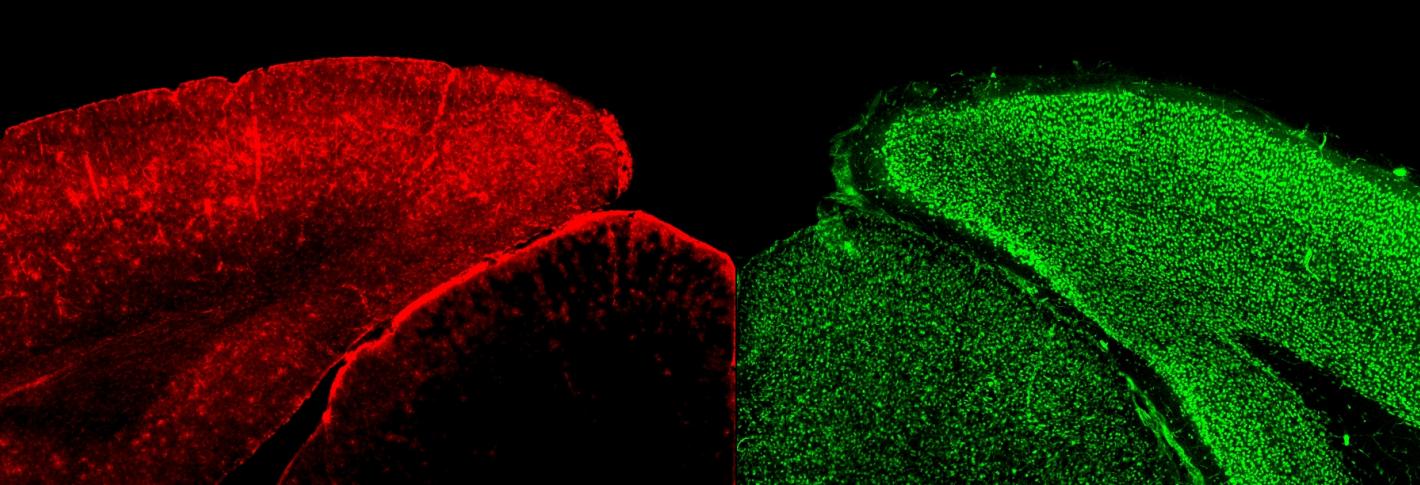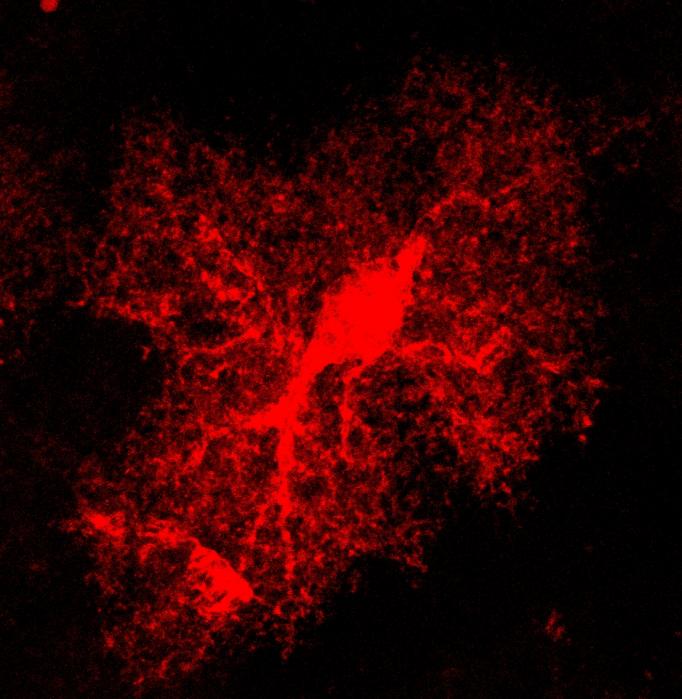
Astrocytes are at least as abundant in the brain as neurons but because they don’t “spike” with electrical impulses like neurons do, they’ve essentially been “invisible” in studies of how brain circuits process information, said Mriganka Sur, Newton Professor of Neuroscience in the Department of Brain and Cognitive Sciences and director of the Simons Center for the Social Brain at MIT. Astrocytes have instead been appreciated mostly for shuttling various molecules and ions around to keep the brain’s biochemistry balanced and functioning.
While they don’t spike, astrocytes do signal their activity with increases of calcium. A decade ago in Science, Sur and colleagues used that insight to discover that astrocyte activity in the visual cortex, the part of the brain that processes vision, matched in lock-step with the activity of neurons in response to visual stimuli. That suggested that astrocytes make a vital contribution to vision processing. In the new study, Sur’s lab will investigate exactly what astrocytes are doing, for instance to regulate the formation of neural connections called synapses, how the calcium activity arises, and what difference that activity makes. They’ll look not only during the course of normal vision, but also during the critical period early in life when vision is first developing.






